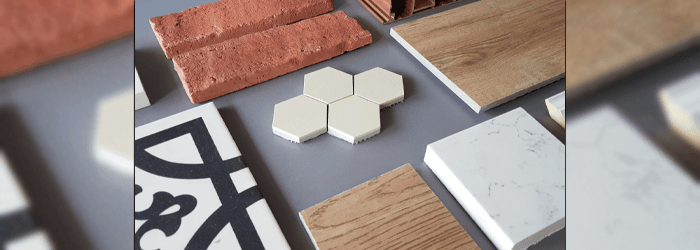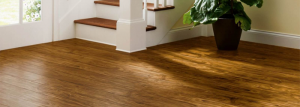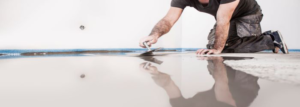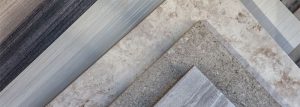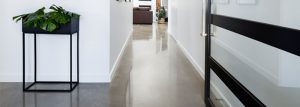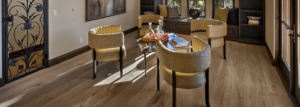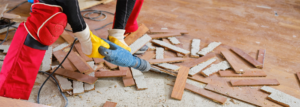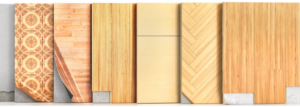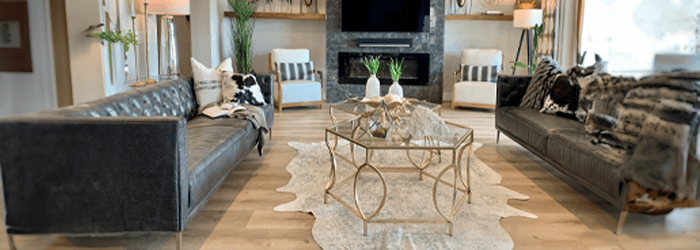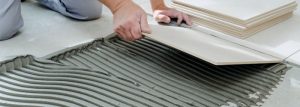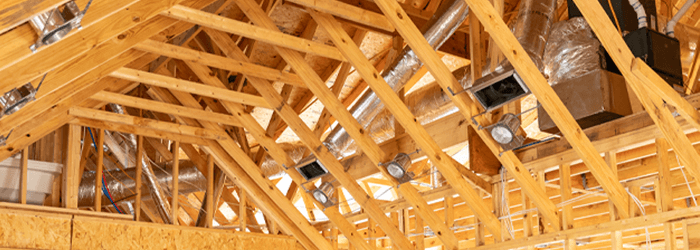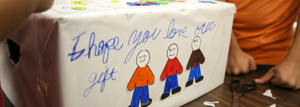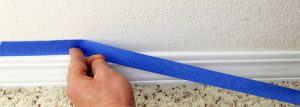There is all manner of floor coverings ranging from carpet to stone. In this article, we will take a gander at hard flooring surfaces for indoor and outdoor applications and how to maintain them.
We will begin by throwing out a general statement: all hard surfaces we talk about for the outdoors can be used indoors, but not the other way around.
Now that our wheels are turning, let’s start with hard interior surfaces that are not suited for outdoor applications.
Indoor spaces tend to be climate controlled, thus allowing us to use materials that are susceptible to harsh climates and weather conditions.
Ceramic & Porcelain
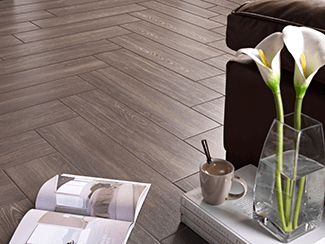
One of the most common hard surfaces is ceramic tile. Ceramic tile is not recommended for exterior use. Ceramic tiles and porcelain tiles are not the same. Ceramic is typically more porous and therefore prone to absorbing water and staining when used outdoors. For indoor use, ceramic can be less costly than other hard surfaces and offer a variety of colors, and sizes.
Keep clean by vacuuming or sweeping, then using a mild neutral pH soap with a rag or chamois mop. Depending on the installation you choose, you may or may not have to clean the grout. While it is not generally recommended to install ceramic without grout lines (tiles must be the exact same size, or the pattern will look off), it can be done. Most ceramic installations have a grout line in between tiles. Choosing the color and width of the grout line is a matter of style and choice. Either way, unless you have it professionally done, it can be a good DIY project. We suggest using powdered O2 bleach, (found in most grocery stores), as a neutral, color-safe cleaning project. A little elbow grease will be needed.
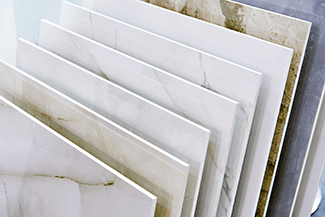
While ceramic tiles don’t do well outdoors, porcelain tiles are clay products made from more refined clay that is fired at a temperature of 2300 degrees. Ceramic is a less refined clay fired at a lower temperature, usually 1800 to 2000 degrees. This difference makes porcelain denser, harder, and more durable. It is preferred over ceramic for exterior applications like patios. Whether used inside or out, care and cleaning are similar to ceramic tile; use pH-neutral soaps, clean water, and a soft cloth mop.
Luxury Vinyl Tile
Another increasingly common hard indoor surface is luxury vinyl tile (LVT). This product is made in layers. The top, also called the wear layer, is usually a tough, clear product that can withstand household wear and tear very well. Then there is a design layer depicting the style of the product. This can resemble stone, concrete, and most commonly, wood planks. Below this layer is a backing usually made of vinyl, the thickness of which will determine the walking comfort of the product. Typically, this product has interlocking tiles or planks that float over the structural surface of the floor. LVT is generally stain-resistant and often a lower cost and more durable surface than wood or engineered wood flooring.
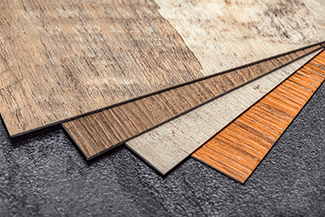
There are a lot of vinyl cleaning products to choose from when it’s time to clean this flooring. This simple home method works well. First, sweep or vacuum the area, if mopping is needed, use a mixture of warm water, a tablespoon of dish soap per gallon of water, and one cup of distilled white vinegar per gallon. A soft cloth on the mop works best. Because the flooring is interlocking and not sealed, take care not to drench the floor. Water can get under and over time can deteriorate the under layers. This is also the reason vinyl is not used outdoors.
Concrete
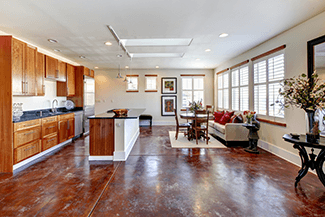
Concrete is another very hard indoor surface that has become quite popular. This manmade product is hard, durable, and a potentially beautiful flooring product. The interior surfaces of concrete floors are very smooth and polished as opposed to exterior applications. Color is often added to enhance the natural floor feeling concrete affords. There are a variety of integral colors that can be used, and there are acid baths that can give concrete some very elegant surface finishes. Cleaning the floor is quite simple; vacuum and use a pH-neutral cleaning soap on the surface with clean water. From time to time, you may need to wax or seal the floor as wear appears.
The primary difference between indoor and outdoor use is how it is finished. Exterior concrete surfaces tend to be slightly more textured than interior smooth finishes. The reason is the grip your feet need outside has more challenges than indoors. Concrete used outdoors has far fewer maintenance requirements. As a porous product, seal the surface in areas prone to potential stains. Other than that, a broom or blower will work.
Pavers & Bricks
There are variations of concrete products available. Pavers are essentially concrete bricks and as such, offer a variety of colors and patterns for patios, walkways, and driveways. As a concrete product, they are porous. Install them away from stain-prone areas such as the grill. The real benefit of pavers is the ability to replace just one or two due to a stain. This is a relatively easy and low-cost process. The use of bricks in place of pavers needs some thought. Bricks are easier to crack under the weight of a vehicle and are prone to chipping and shearing of the surface. Though the consistent color of the brick makes this problem less noticeable.
Travertine
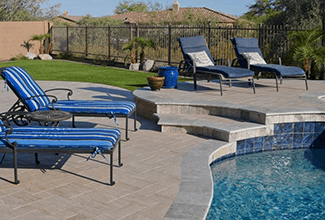
Travertine tile is a natural limestone product that is used indoors and outdoors. It is a durable stone in either application. This product tends to be at a higher price point and needs a little more care to maintain. As a limestone, travertine is a porous product that needs to be sealed every two to three years, whether inside or outside. Its elegant, yet rugged appearance can enhance any space. Aside from sealing the stone, a sweep and vacuum will usually do the trick for maintenance.
Saltillo Tile
Another outdoor product that can be seen in dual-use is Saltillo tile. Made of porous clay from Saltillo, Coahuila, Mexico, its reddish-orange signature color is highly sought after in Southwest-style homes for both interior and exterior applications. The porous nature of this clay product requires it to be sealed either inside or outside. Interior applications may not need to be sealed as often, but make no mistake, to maintain the beauty of Saltillo tile, you will need to seal it.
Other Flooring Products
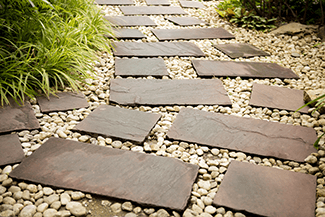
Kool Deck needs a mention here. This product is applied to a concrete surface that makes walking outside in the desert summers possible with bare feet. It comes in a variety of colors and is typically applied around pools and walkways. The surface is as hard as the concrete it is applied to.
Other hard surface products that can adapt to dual-use are many natural stone products. Flagstone, granite, and marble can brighten any indoor or outdoor space. The upside is durability. Stone is stone! These products are porous to one degree or another and need to be sealed to maintain their natural beauty. Exterior applications typically require some non-skid texture to be used. With stone though, that isn’t hard to do. Polishing these products is usually reserved for countertops, not walking surfaces.
Now let’s go back to the original general statement. Any product you use outdoors can pretty much be used indoors. Not that you would want to, though. The outdoor flooring products stand up to harsher conditions than their indoor counterparts. There are many outdoor flooring options to choose from. Just be sure that what you select is designed for the area you intend to use it.
###
PODCAST
There are many types of floor coverings ranging from carpet to stone. We discuss the various hard flooring surfaces to consider for indoor and outdoor applications and how to maintain them. All hard surfaces we discuss for the outdoors can be used indoors. But not the other way around. Plus some Do It Yourself installation tips.
Podcast Archive With Expanded Content and Resources
PHOTO CREDIT
- Shutterstock

